Topic One: Who Owns the learning?
After watching Alan November’s video on 3 skills students need to succeed, I have concluded that the students own the learning because in the first skill which is students have to process large amounts of information it is the job of the students to sift through and pick out the most important ideas. It is our job as educators to guide students in weeding through all the information out there. I totally agree with Alan about his second skill in to work globally. This is very important because jobs are being outsourced which makes it difficult to actually find jobs in the United States. If we teach the younger generation the skills need to work in the global community then maybe they will have a better time finding employment. Alan’s third and final skill need for students is to be self-directed. There is no need for bosses or management. This really takes the middle man out and cuts the cost. No need for discipline or someone to tell them what to do. In the YouTube video by Alan November he gives three study skills that students needs to succeed. The first was being able to process the information which includes organization, being able to sift through the information then lastly add value to information and move on. Number two was being able to work globally. Acquiring the skills to communicate with the world to organize, communicate and being able to solve world problems. Lastly, was being able to be self-directed, which requires discipline skills that you don't need managing. After viewing and assessing the video(notes). reading my blog partners blog and Google doc we both agree that the student owns the learning experience. we as educators are to guide and assist the students in the sifting or weeding process of the mass information that is available.
Topic Two: What Tools are available?
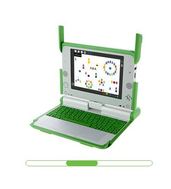
One Laptop per child is a Non profit organization their mission is to able to supply laptops to children in the poorest populations. Each child between the ages of 6 and 12 will have their own laptop that they can take home . The laptop mention in video was the XO that works under stuff conditions, are low power connect to the internet, and have free software. Wow what a great idea, I will investigate this organization later and share information.
The One Laptop Per Child Program offers low cost, durable laptop for children in the poorest nations. The "XO" allows the poorest children to use technology that they probably would have never received if this program did not exist. It allows them to collaborate with other students around the world which is a awesome experience for anyone. Here in the United States Maine is leading the way in providing laptops to every Middle School student. I know this might sound expensive the but the benefits in the long run are tremendous. Educators will be able to differentiate learning if every student has laptops. For more information about the article I included a link: http://www.msnbc.msn.com/id/25782209/#.ULfwkqzaKSp
The One Laptop Per Child Program offers low cost, durable laptop for children in the poorest nations. The "XO" allows the poorest children to use technology that they probably would have never received if this program did not exist. It allows them to collaborate with other students around the world which is a awesome experience for anyone. Here in the United States Maine is leading the way in providing laptops to every Middle School student. I know this might sound expensive the but the benefits in the long run are tremendous. Educators will be able to differentiate learning if every student has laptops. For more information about the article I included a link: http://www.msnbc.msn.com/id/25782209/#.ULfwkqzaKSp
Applications: Cell Phones, Tablets and more...
No matter if students have laptops, tablets and cell phones there a many possible ways in using them in the classroom. With the help from apps that students can download from the iTunes or Android app stores it provides a great way in using them in the classroom. There are apps that are for specific subjects or just education in general. Here is photo gallery of a few examples of apps for Social Studies and Education
No matter if students have laptops, tablets and cell phones there a many possible ways in using them in the classroom. With the help from apps that students can download from the iTunes or Android app stores it provides a great way in using them in the classroom. There are apps that are for specific subjects or just education in general. Here is photo gallery of a few examples of apps for Social Studies and Education
Here are three more applications and programs that are emerging technologies:
1. A way of better communication between educators, parents and students
2. Game design courses better prepare students for careers
3. Allows students to see the real world through virtual objects
1. A way of better communication between educators, parents and students
2. Game design courses better prepare students for careers
3. Allows students to see the real world through virtual objects
Social Tools for Younger Children
| blog_file.docx |
Social Learning: With the grow of the social media over the last couple of years there has been a push to use it in education. Social media websites like Facebook and Twitter allow educators to join of follow people in the education world. This will allow educators to collaborate ideas over the social learning websites. Educators are also able to create their own pages so students can join. Edmodo is very similar to Facebook but it provides collaboration between students and teachers. It is strictly for educational purposes because it allows you to post grades. Along with grades it allows for homework to be submitted. NING is another option to create social media websites. These can be for education or for other subjects. Wikis are another great place to have students collaborate and share ideas with class. Teachers can make individual pages for each class period in they wish. Wikis can be used as a final project for the class. Diigo is a great tool for bookmarking websites and even using it for everyday classroom activities. Educators can put sticky notes on webpages with questions that have to be answered. This tool also allows for highlighting text to happen on the webpage. Skype for educators allows teachers to connect their classroom to the world. Being a Social Studies teachers this really is a awesome tool because I could a Skype session with someone in Europe that might be a expert in the field of Dark Ages. Flipped teaching is another education technique that allows the teacher to interact more with the students instead of lecturing. Teachers can create videos that can be viewed outside class.
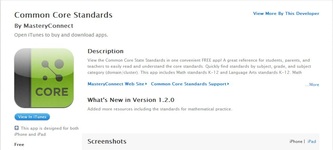
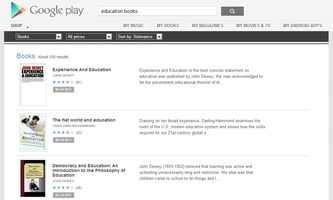
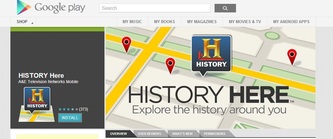

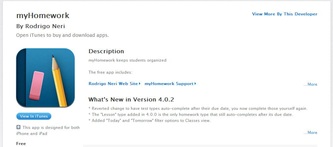

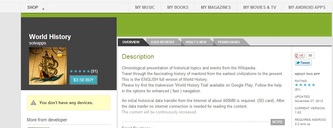
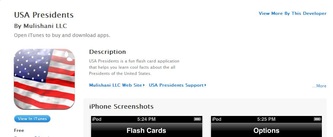

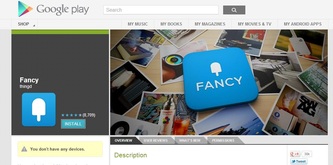
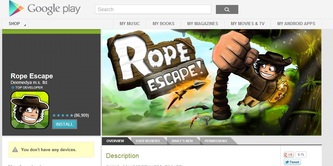

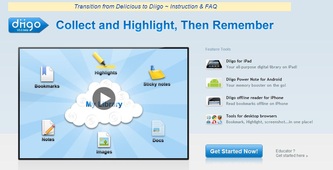
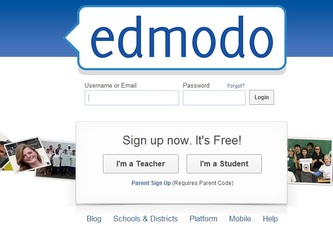


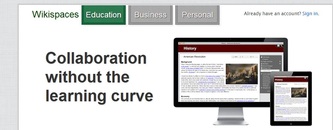
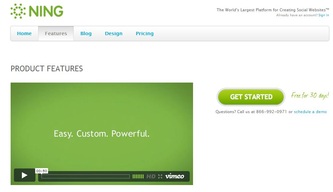
 RSS Feed
RSS Feed